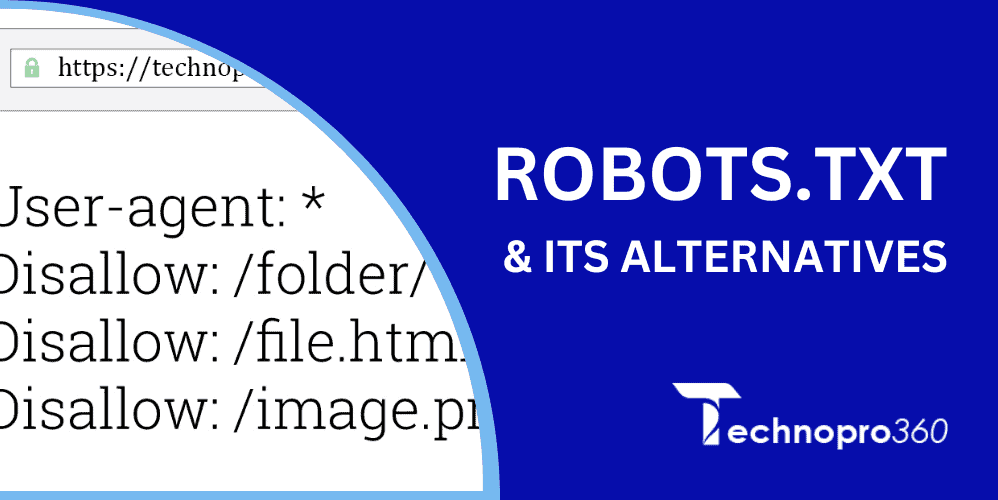Robots.txt is a text file web admins create and use to instruct web robots (most commonly search engine spiders) how to crawl web pages on their websites. While it can be helpful in some cases, several alternatives exist to use a robots.txt file.
What are the robots.txt alternatives?
Are you looking for alternative ways to manage your website’s crawl and indexing besides using the robots.txt file? As a valuable tool for controlling search engines’ access to and indexing of a website, robots.txt is just one option. Here are some other options web admins can use to optimize their website’s crawl and indexing.
Noindex Tag
One alternative is to use the “noindex” meta tag. This tag can be added to the HTML code of a specific page or group of web pages, telling search engines not to index them. This is a more precise way to control what pages are indexed, as it only affects the specific pages with the tag rather than all pages on the site, like robots.txt.
Password Protection
Another option is to use password protection or authentication. This allows you to restrict access to certain pages or sections of your site to only those with the correct login credentials.
X-Robots-Tag
Another alternative is to use the “Disallow” directive in the “X-Robots-Tag” HTTP header. This allows you to specify which pages should not be crawled, similar to using the “Disallow” directive in a robots.txt file. However, this directive can be added to the HTTP headers of specific pages or groups of pages rather than being applied to the entire site.
Meta Robots Tags
These tags can be added to the HTML code of a webpage and are used to give specific instructions to web robots about how to crawl and index that page.
XML Sitemaps
An XML sitemap is also an important file that lists all the URLs on a website and provides information about each web page, such as when it was last updated and how important it is with other URLs on the site. This allows Google and other search engines to crawl and index a website more efficiently and effectively.
The Complete Guide to Optimizing Your Robots.txt File for Search Engines
In summary, several alternatives exist to using a robots.txt file to control access to and index your website. These include using the “noindex” meta tag, password protection or authentication, and the Disallow directive in the X-Robots-Tag HTTP header.

